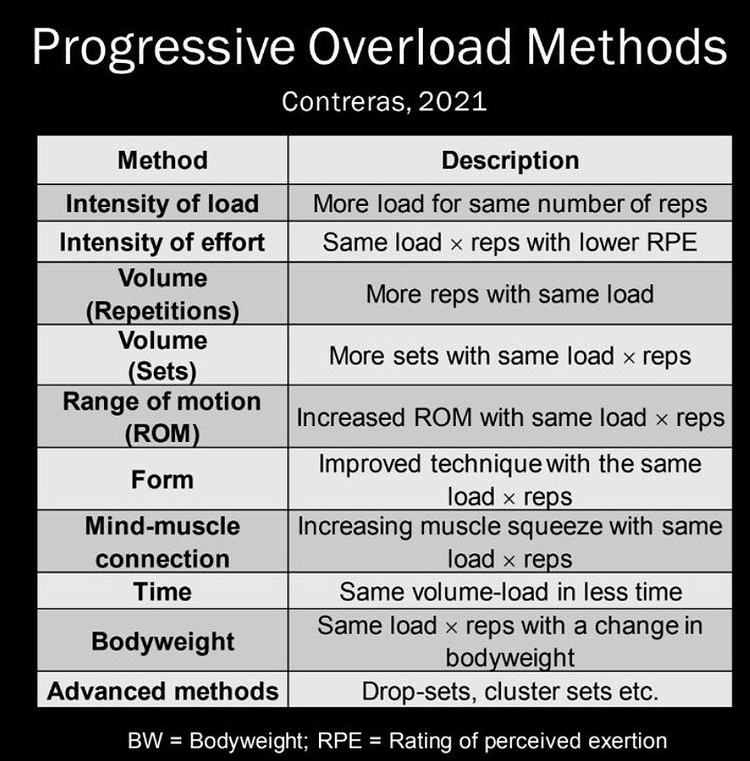Progressive Overload
Training, February 13, 2022
How do you implement progressive overload in your training program?
The principle of progressive overload proclaims that the continual increase in total workload during training sessions will stimulate a stronger more resilient body that can endure a greater workload than it was previously able to.
How do you implement progressive overload in your training program?
The most common ways with resistance training are:
- Increase weight lifted for the same number of reps.
- Increase the number of reps lifted with the same weight.
- Increase the number of sets for a lift.
During on-bike endurance training progressive overload typically is seen as:
- Increasing total ride time.
- Increasing length of intervals.
- Increasing number of intervals.
- Increasing intensity (higher %FTP or HR).
These are all great ways of progressing the overload in your training and should be included in everyones program in some way or another.
What I want to focus on for the remainder of the article is some lesser known way to create overload and to demonstrate how a positive adaption is occurring during your training program.
First lesser known method of progression I will discuss is improving form. This can occur in the gym and on the bike. Basically, using better form or less form break down is the most underrated way to create overload.
For example, you lifted a weight for 8 reps of 3 sets one workout, but your form was a little bit sloppy the last 2 reps of each set. Next workout, instead of just increasing the weight or doing 3 sets of 10 reps, focus on not letting your form break down at the end of each set. While not quantifiable it indicates an adaption to the overload has occurred from the previous workout.
Now, an example on the bike during an interval session. Let’s say you did 4 reps of 4min V02 Max intervals one day. At the end of the last minute of the last 2 intervals your cadence fluctuates and you had to rock back and forth on the bike vigorously to complete the intervals at the prescribed power. Next workout, you keep your cadence constant for all but the last minute of the last interval, plus less body english was used. The progression is being able to maintain a consistent cadence for one minute longer than the previous workout.
Next, increasing range of motion of a lift is a method I like to use that doesn’t get the airtime it deserves.
Before I start discussing increasing loaded range of movement, I should qualify that every movement has a range of movement that is safe to load with god form. Beyond that range there is an increased risk of injury if you add a load even with good form.
Frequently, when someone is learning a new lift if they are utilizing good form, they may decrease the depth since typically you are not as strong at the bottom of a lit when your muscles are under a stretch. Now as you become more proficient at a lift you will become stronger in a greater range of motion. Plus, if you are working on your mobility you will see great gains in your range of motion. Increasing the range of motion your muscles are strong in will benefit you in the gym and on the mountain when your are riding at your limits.
To finish up, below is a table I found, designed by Bret Contreras on methods of progressive overload that can be a quick reference when simply increasing weight, reps or time is not possible or not desired.

